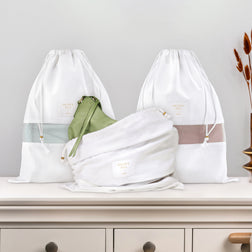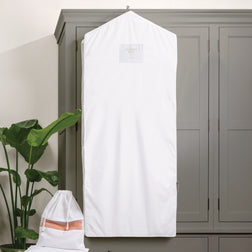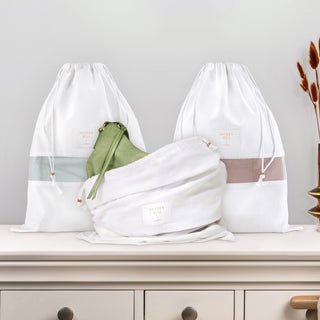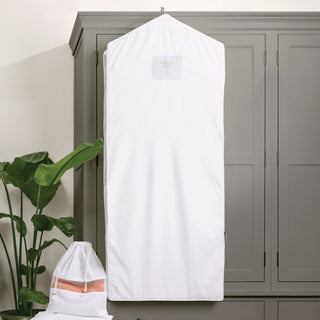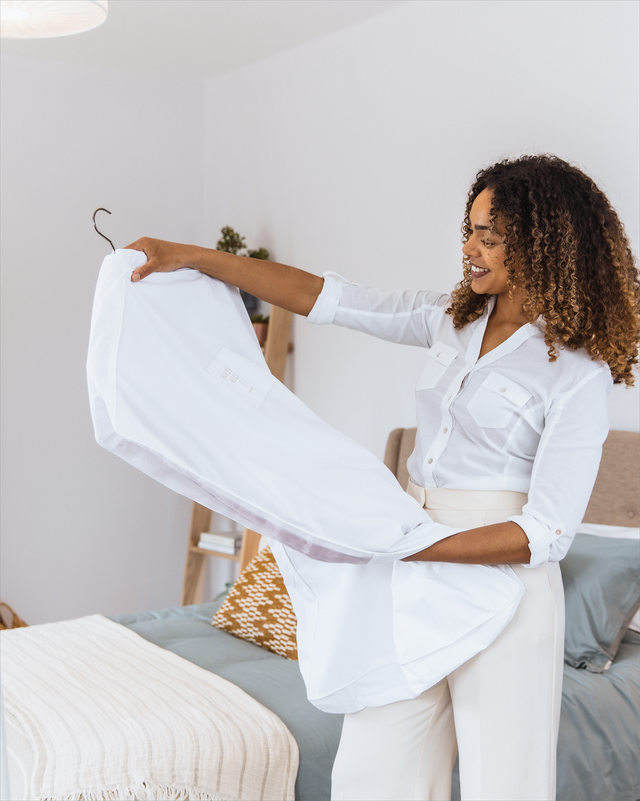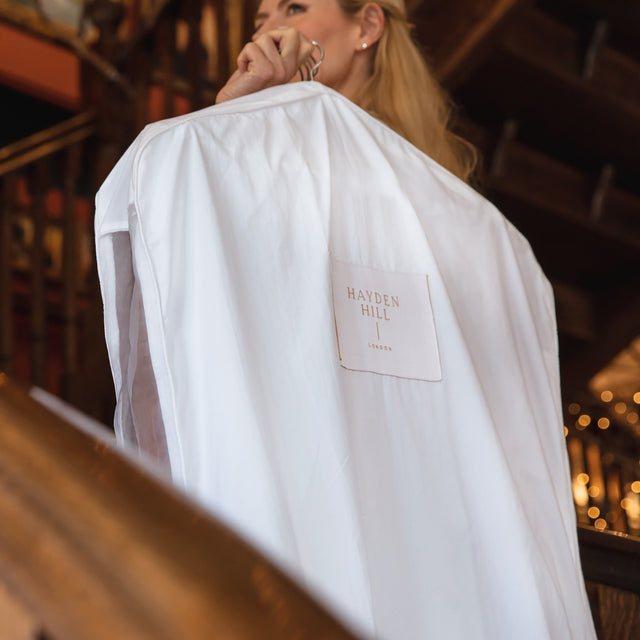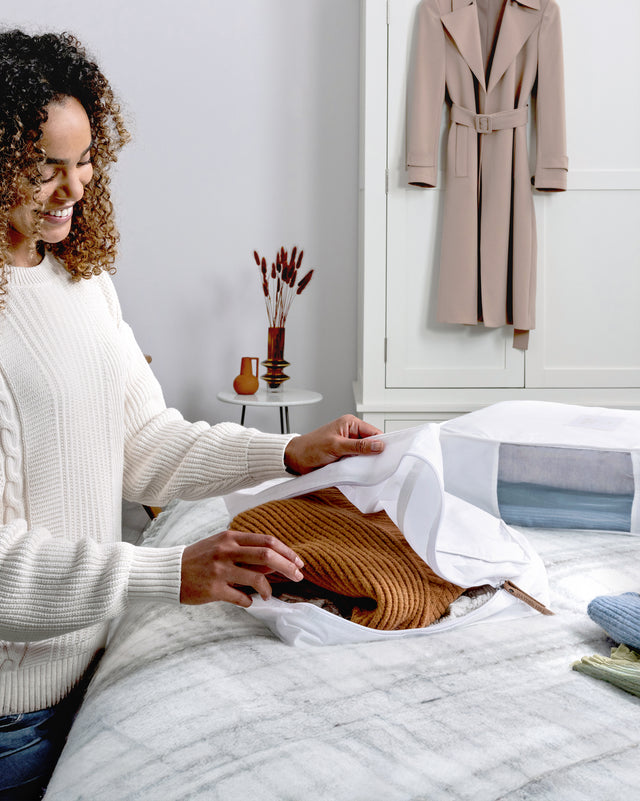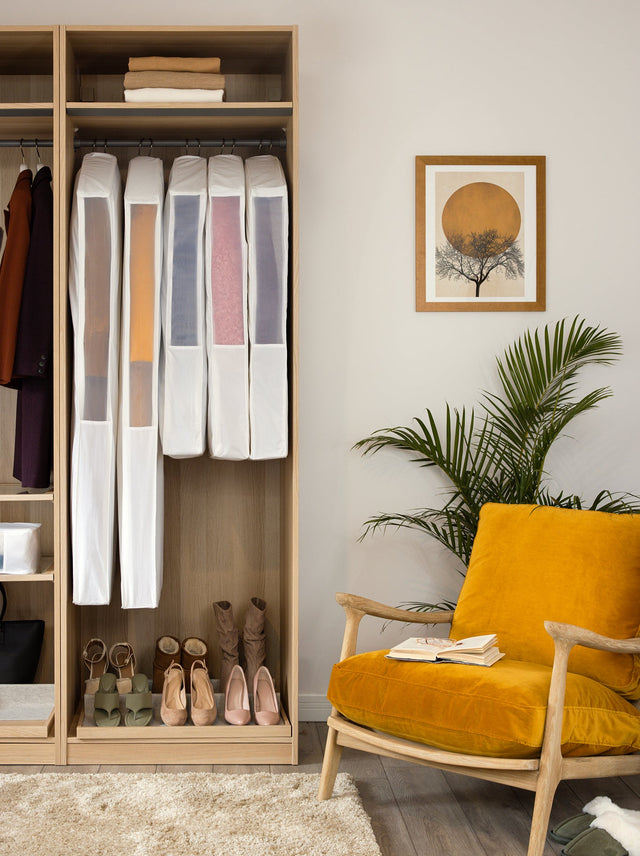When deciding whether to hang, fold, or roll a piece of clothing, the two most important factors to consider are the item’s weight and fabric. By following our storage tips and laundering carefully, your most valued and treasured pieces of clothing will stay in excellent condition for years to come.
If your closet is filled with high-quality investment clothes and treasured items, you want every piece to remain in pristine condition for many years.
And, it makes sense that the better you care for an item, the longer it will last.
Unfortunately, the only information you get on how to best care for an item is listed on the care label, which is brief at best.
Most labels include a few cryptic symbols and phrases on how to launder items, but they don't state how to store items. Should a garment be hung, folded, or rolled?
Often, we just make a guess based on what space is available in our closet or drawers. Instead, deciding whether to hang, fold, or roll an item should be based on the item’s quality, fabric, and weight.
Here are a few general guidelines on which types of clothing should be hung, folded, or rolled.
What Clothes Should I Hang?
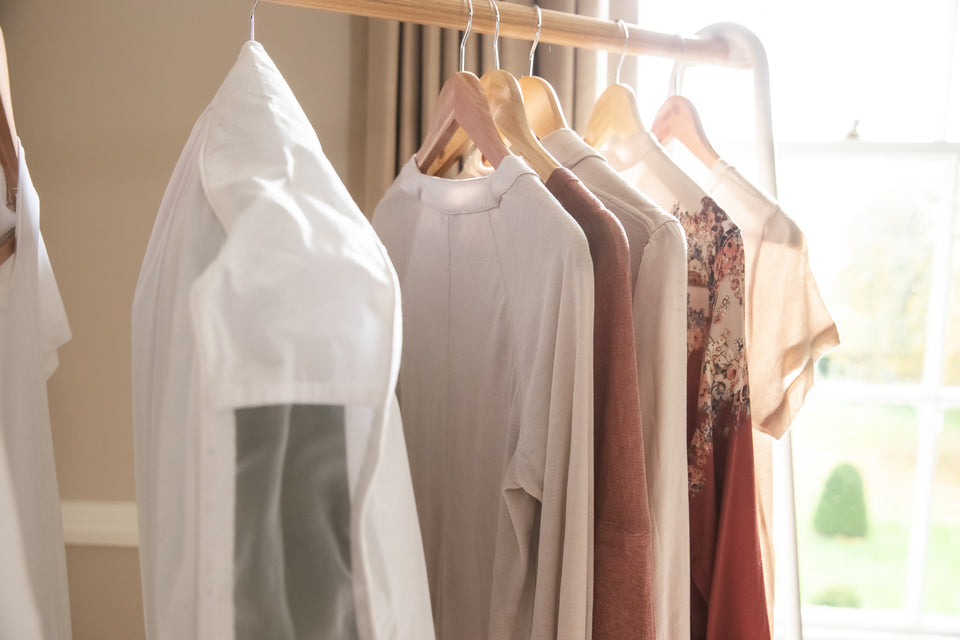
You should hang any items that have to be ironed, as well as loose, billowy clothing or fabrics that are easily wrinkled, like linen. Clothing that should always be hung include:
- Silk or satin blouses
- Chiffon
- Rayon shirts
- Velvet tops, skirts, and dresses
- 100-percent cotton garments
- Linen clothing
- Dress pants and trousers
- Jumpsuits
- Leather, down, or suede jackets
- Woolen overcoats
- Blazers
- Delicate scarves
- Anything with structure, such as a corset
If you need to store any of these items, consider using a garment bag to protect them and minimize wrinkles. Hayden Hill short garment bags are made of 100% organic, soft cotton with a sheer, organza side panel so you can see your pieces while keeping them protected from light, dust, and moths.
What Clothes Should I Fold?

Some items are too bulky to be hung or rolled up. You shouldn’t hang heavy sweaters or heavily embellished tops because the weight will pull down on the fabric, stretching the piece. These types of clothing are all best folded:
- Thick sweaters
- Heavy knit sweater dresses
- Activewear – including yoga pants, sports bras, leggings, and workout tops
- Shorts
- Long- and short-sleeved T-shirts
- Jeans and casual pants
- Knit or denim skirts
- Long fabric skirts
- Shawls
- Embellished gowns
Folding these items will protect and keep them wrinkle-free until you’re ready to wear them again.
What Clothes Should I Roll?
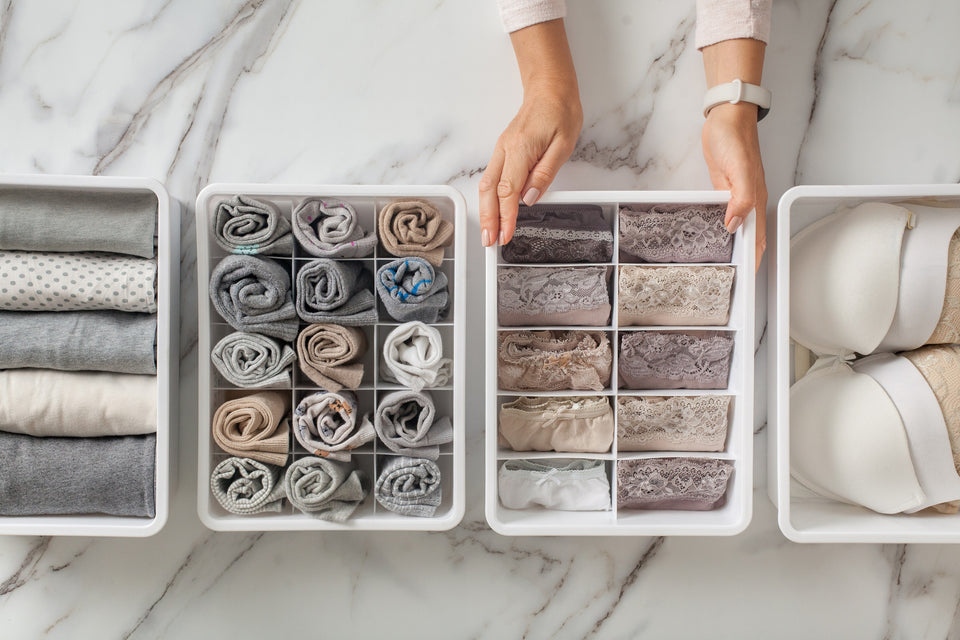
You can roll any item of clothing that is wrinkle resistant, such as:
- Socks
- Underwear
- Long- and short-sleeved T-shirts
- Leggings
- Ties
- Scarves
- Light sleepwear like womens pajamas
- Camisoles
- Lingerie - here is helpful tips how to choose lingerie
Most of these clothing pieces contain some kind of stretchy material, such as Lycra, spandex, or polyester, that resists wrinkling. Rolled garments also take up less space than hung or folded items.
Techniques for Rolling and Folding Clothes
If you have identified that your item is best folded or rolled, here are a few tips to do each properly.
How to Roll Short-Sleeved T-Shirts & Tops
- Lay the t-shirt or top front side down on a flat surface, and smooth out the fabric to remove wrinkles.
- Take the sleeves of the shirt and bring them to the center of the garment. Once again, gently smooth out wrinkles. If your shirt has a collar, first unfold it and then smooth the collar to prevent wrinkling.
- Take the bottom of the shirt and fold it up, about an inch. From there, start rolling towards the collar of the shirt. Continuously smooth out creases as you go.
How to fold T-Shirts
If you want more organized drawers, use this technique to “file” your t-shirts.
- Place the t-shirt front side down on a flat surface, and smooth out any wrinkles.
- Fold one sleeve in toward the center of the shirt.
- Then take the entire length of the shirt and bring it towards the center.
- Repeat the steps on the opposite side. The shirt should now be in the shape of a rectangle.
- Bring the bottom of the folded shirt up towards the collar, making it half of the original size.
- Fold the shirt up again, creating a small rectangle.
- Place your shirt in a drawer vertically. Fill in the rest of the space with folded t-shirts as you would a filing cabinet.
How to Fold a Dress Shirt
If you are a frequent traveler, using a travel garment bag is a must for transporting business attire and other easily wrinkled items. But if you don’t have a travel garment bag, this technique for folding dress shirts will keep them neat en route to your destination.
- Before folding, button every single button. This ensures a tidy fold and less wrinkling.
- Spread the dress shirt out on a flat surface, buttons facing downward.
- Bring the right sleeve into the center, carefully folding along the seam of the armpit. Angle the sleeve at about a 45-degree angle towards the bottom left.
- Do the same for the left sleeve.
- Grab the bottom of the shirt and fold a third of the way up the shirt.
- Fold again, letting the folded section reach the shoulders.
- Turn over the shirt and pack or store away in a short garment bag.
You can also use this method for folding heavy sweaters.
How to Roll Jeans and Pants
Rolling is a good way to store jeans, pants, or soft leggings in a small amount of space, but never roll pants made of linen or gauzy fabrics. To roll a pair of pants, follow these simple steps:
- Lay your pants out flat and smooth away any wrinkles.
- Fold the pants in half vertically.
- Begin by taking the waist and rolling it toward the bottom of the pants. Smooth out wrinkles as you go, and use both hands to make the roll as tight as possible.
FAQs
Is it better to roll or fold clothes for storage?
Consider several factors when deciding whether to hang, roll, or fold an item. How the garment is constructed, if it has any embellishments, and if the material is wrinkle-resistant affects how it should be stored.
Delicate items, gauzy blouses, silk, linen, and wool should either be hung or folded, depending on the weight. Suit jackets, coats, and the like need the structure of hangers, while knit sweaters should be folded.
Items that are wrinkle and stretch resistant, such as lightweight pieces and activewear, are ideal for rolling up.
What is the most efficient way to store clothes?
The way you store clothing is dependent on the fabric. Some fabrics will crease when folded or rolled. Business or formal attire is best hung, and wrinkle-resistant, lightweight clothing may be folded or rolled.
Does rolling ruin clothes?
If you don’t use proper rolling technique, yes, rolling can damage clothing. Carefully smooth out wrinkles while rolling the clothes to prevent creasing. If you properly roll items mentioned above, you can keep them stored for a long time without wrinkling.
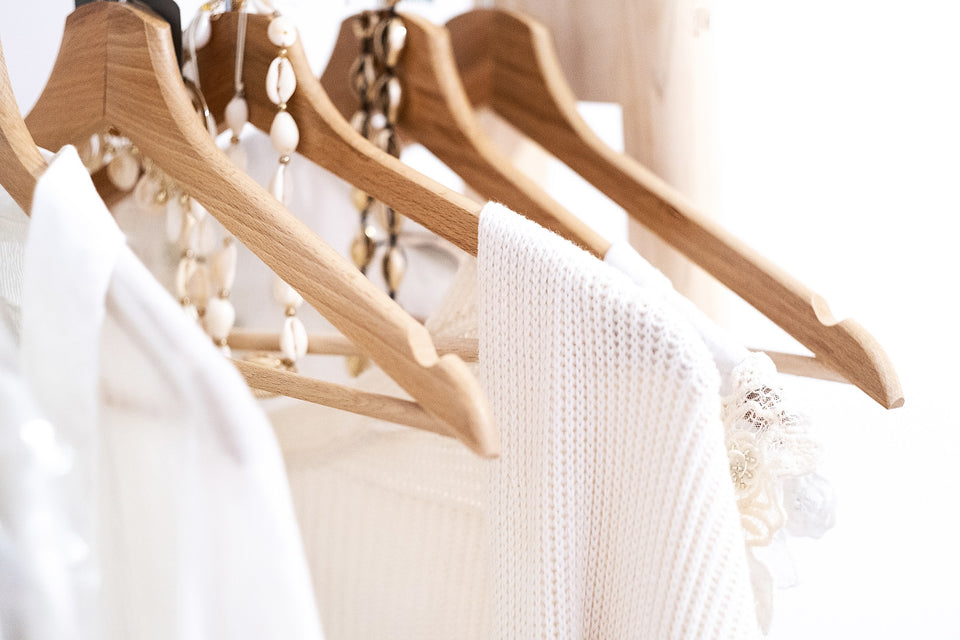
When deciding whether to hang, fold, or roll a piece of clothing, the two most important factors to consider are the item’s weight and fabric. Heavy garments are best folded and easily wrinkled garments are best hung. Fabrics that are lightweight and/or wrinkle resistant can be rolled to save space.
By following these storage tips and laundering carefully, your most valued and treasured pieces of clothing will keep smelling fresh in storage and stay in excellent condition for years to come.
